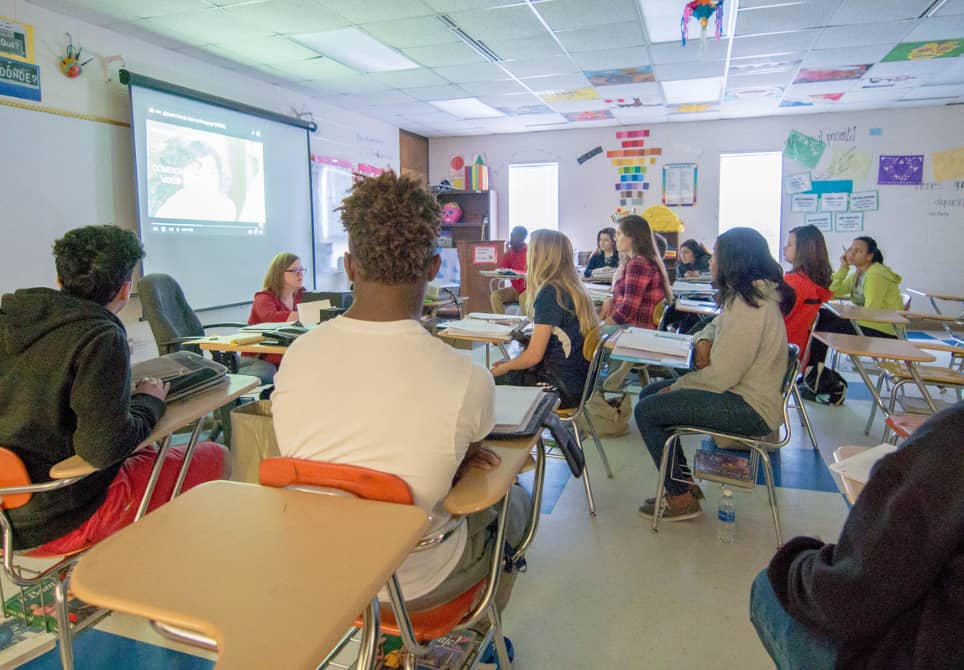Theory of Action: Positive Impact on Teaching and Learning

By Julie Keane, Director of Research and Evaluation, VIF International Education
“Professional development affects student achievement through three steps. First, professional development enhances teacher knowledge and skills. Second, better knowledge and skills improve classroom teaching. Third, improved teaching raises student achievement. If one link is weak or missing, better student learning cannot be expected. If a teacher fails to apply new ideas from professional development to classroom instruction, for example, students will not benefit from the teacher’s professional development.” — REL Southwest
The cornerstone of any professional development (PD) program should be to build teachers’ content knowledge, directly connect to classroom practice and address student learning and development. For decades, focus on the importance of professional development for teachers has continued to grow. The challenge, though, is providing creative strategies to support teachers as they experiment alongside their students.
Our approach to this challenge is to use what we call the “theory of action,” which is supported by a variety of research.

This method puts teachers at the center of any education research initiative. New digital badging systems and emphasis on competency-based professional development inherently uses this theory of action by providing a mechanism for teachers to demonstrate what they have learned, and how it impacts students.
By tying professional development to student learning, teachers can naturally experiment with what works and what doesn’t in their own contexts. It also ensures that teachers discover exactly which additional knowledge area needs further study, or which pedagogical skill needs continued practice.
Any PD program must consider teachers’ existing experiences, professional knowledge and interests, while allowing opportunities to connect new learning to their classrooms. This ensures relevance and authenticity, which is critical for both students and teachers.
This is why VIF’s professional development system is built around this theory of action. Teachers’ investigations incorporate knowledge building, experimentation with new pedagogical practices in the classroom and the collection of student work as evidence. We try to support teachers in all roles, including the innovator, researcher, designer, co-learner and mentor.
For the theory of action to work, support systems need to be in place in schools to create spaces for teachers and students to learn, experiment and, sometimes, make mistakes. Innovation requires it.
In the next few weeks, we will continue to explore this theory of action, and how implementing cultures of innovation can enhance both teachers’ and students’ learning experiences.
This post is part of the “Impact of Teacher Learning” blog series produced in partnership with VIF International Education (@vifglobaled). Join the conversation on Twitter using #classroomstories. For more, check out the interactive website at impact.viflearn.com.
For more from VIF International Education, see:
- How to Create a New Culture of Learning
- Modeling Mistakes and Creating Trust in the Classroom
- When Professional Development is Just an Experience
Julie Keane is Director of Research and Evaluation at VIF International Education. Follow her on Twitter: @juliekeane
Stay in-the-know with all things EdTech and innovations in learning by signing up to receive the weekly Smart Update. This post includes mentions of a Getting Smart partner. For a full list of partners, affiliate organizations and all other disclosures, please see our Partner page.






0 Comments
Leave a Comment
Your email address will not be published. All fields are required.